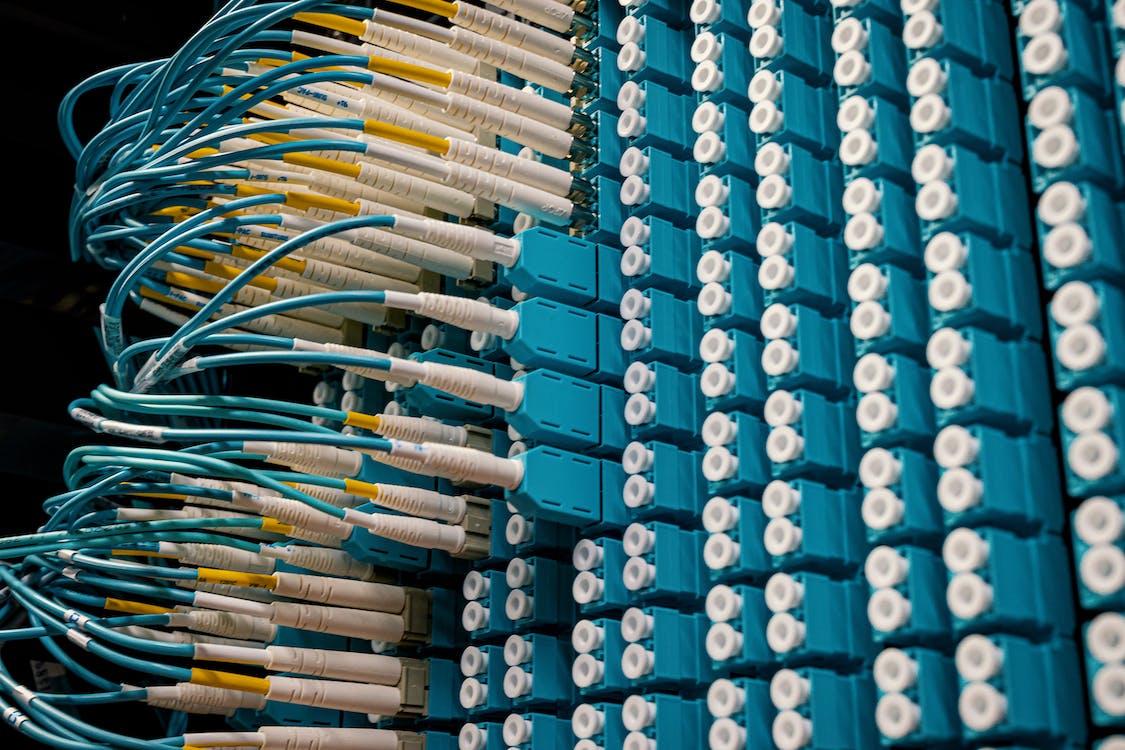Armored fiber optic cables play a crucial role in modern telecommunications, providing a secure and reliable means of transmitting data over long distances. These cables are designed to withstand harsh environmental conditions and physical threats, offering enhanced protection compared to traditional fiber optic cables. In this overview, we’ll explore the key aspects of armored fiber optic cables, including their construction, applications, and advantages.
Construction
Armored fiber optic cables are constructed with layers of protective materials to ensure durability and resilience. The core of the cable contains optical fibers, which are responsible for transmitting data in the form of light pulses. Surrounding the core is the cladding, a layer that reflects the light back into the core to facilitate efficient signal transmission.
The crucial element that sets armored cables apart is the addition of a metallic armor layer. This armor can be made of materials such as steel or aluminum and serves as a protective barrier against physical damage, moisture, and rodent attacks. The armor is tightly wound around the cable, providing a robust shield without compromising the flexibility needed for installation and maintenance.
Applications
Outdoor Installations:
Armored fiber optic cables are ideal for outdoor installations where exposure to environmental elements is a concern. They can withstand harsh weather conditions, UV radiation, and temperature fluctuations, making them suitable for use in aerial, direct burial, or duct applications.
Industrial Environments:
In industrial settings, where cables may be exposed to heavy machinery, chemicals, or extreme temperatures, armored fiber optic cables offer superior protection. Their rugged construction ensures reliable performance in challenging environments, reducing the risk of cable damage.
Military and Defense:
The military often requires secure and resilient communication networks. Armored fiber optic cables are well-suited for military applications, providing a robust solution that can withstand the rigors of battlefield conditions.
Underground Installations:
When installing fiber optic cables underground, they are exposed to potential damage from rocks, digging equipment, and other hazards. Armored cables protect against these threats, ensuring the integrity of the communication infrastructure.
Advantages:
Physical Protection:
The primary advantage of armored fiber optic cables is their ability to withstand physical damage. The metallic armor layer provides a sturdy shield, protecting the delicate optical fibers from crushing, bending, and other forms of mechanical stress.
Rodent Resistance:
Armored cables are less susceptible to damage from rodents and other animals that may chew through traditional cables. The metallic armor acts as a barrier, preventing animals from accessing the core of the cable.
Enhanced Durability:
The robust construction of armored cables enhances their durability, making them suitable for long-term use in challenging environments. This durability translates to lower maintenance costs and increased reliability.
Security:
In addition to physical protection, the armored layer adds a layer of security. The cables are more resistant to tampering or unauthorized access, making them suitable for applications where data security is a priority.
In summary, armored fiber optic cables are a vital component of modern communication networks, offering a combination of physical protection, durability, and security. Their construction, with a metallic armor layer, makes them well-suited for outdoor, industrial, military, and underground applications. As technology continues to advance, the demand for reliable and secure communication infrastructure will only grow, further emphasizing the importance of armored fiber optic cables in supporting our connected world.
Contact Linden Photonics to get a quote or Call Us at (978) 392-7985

